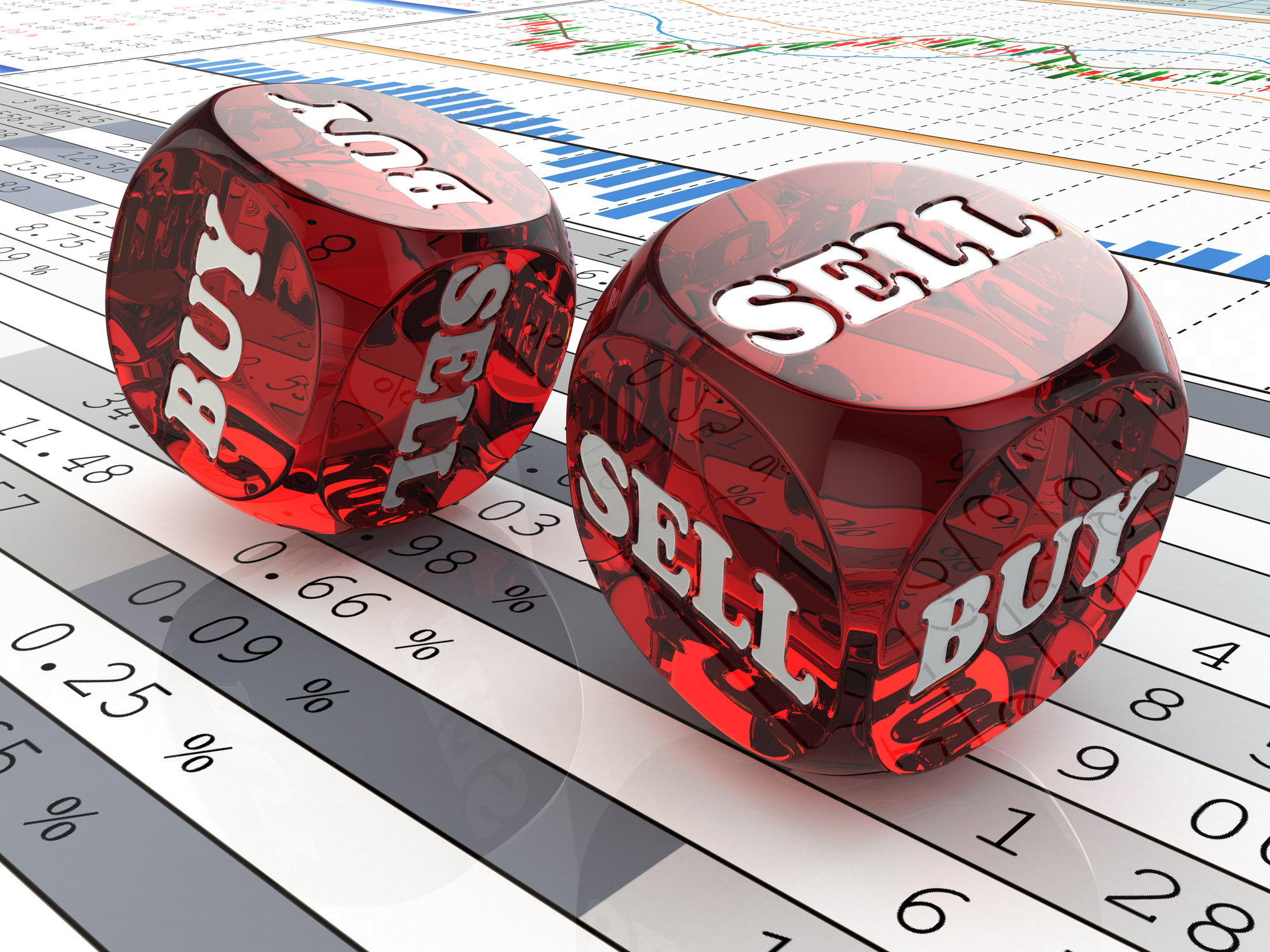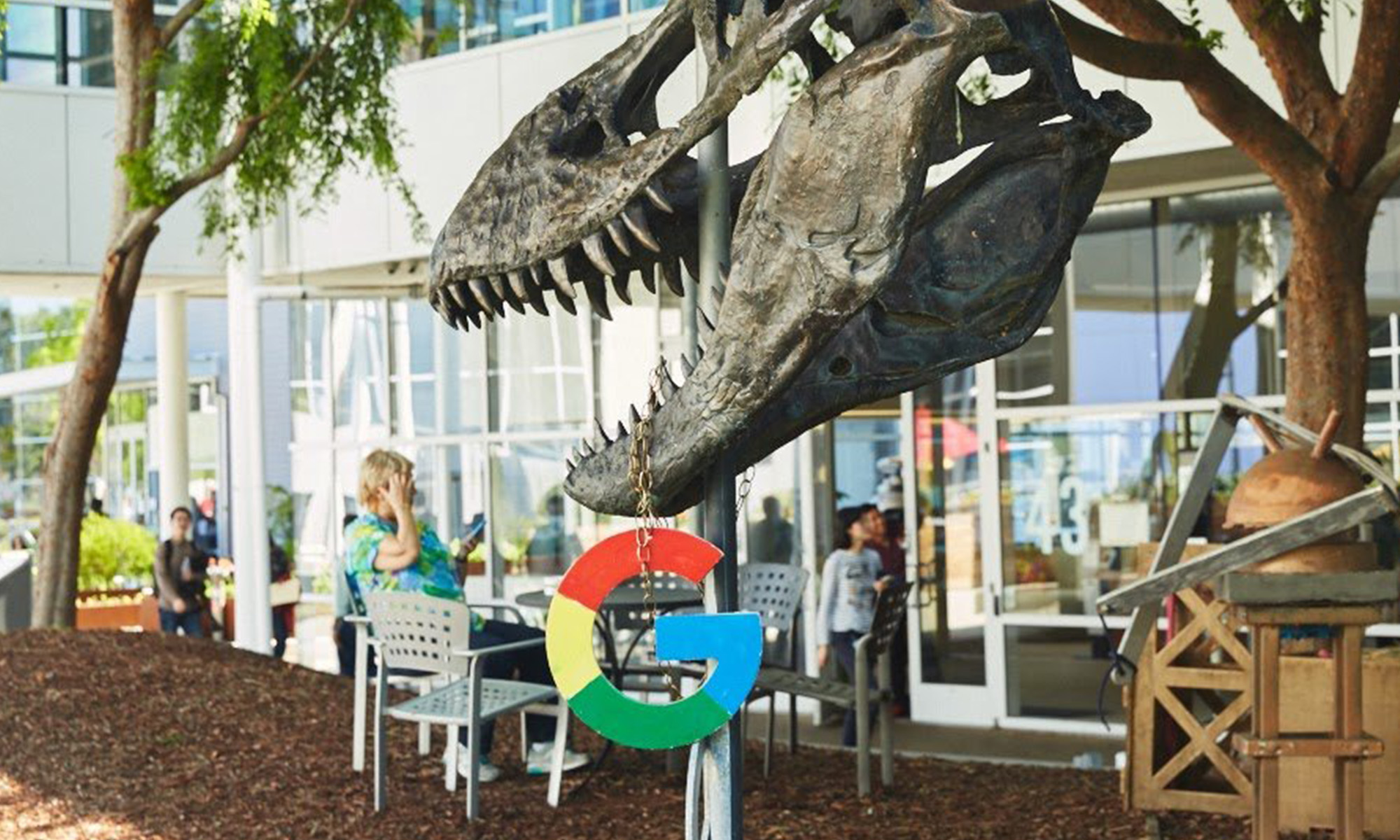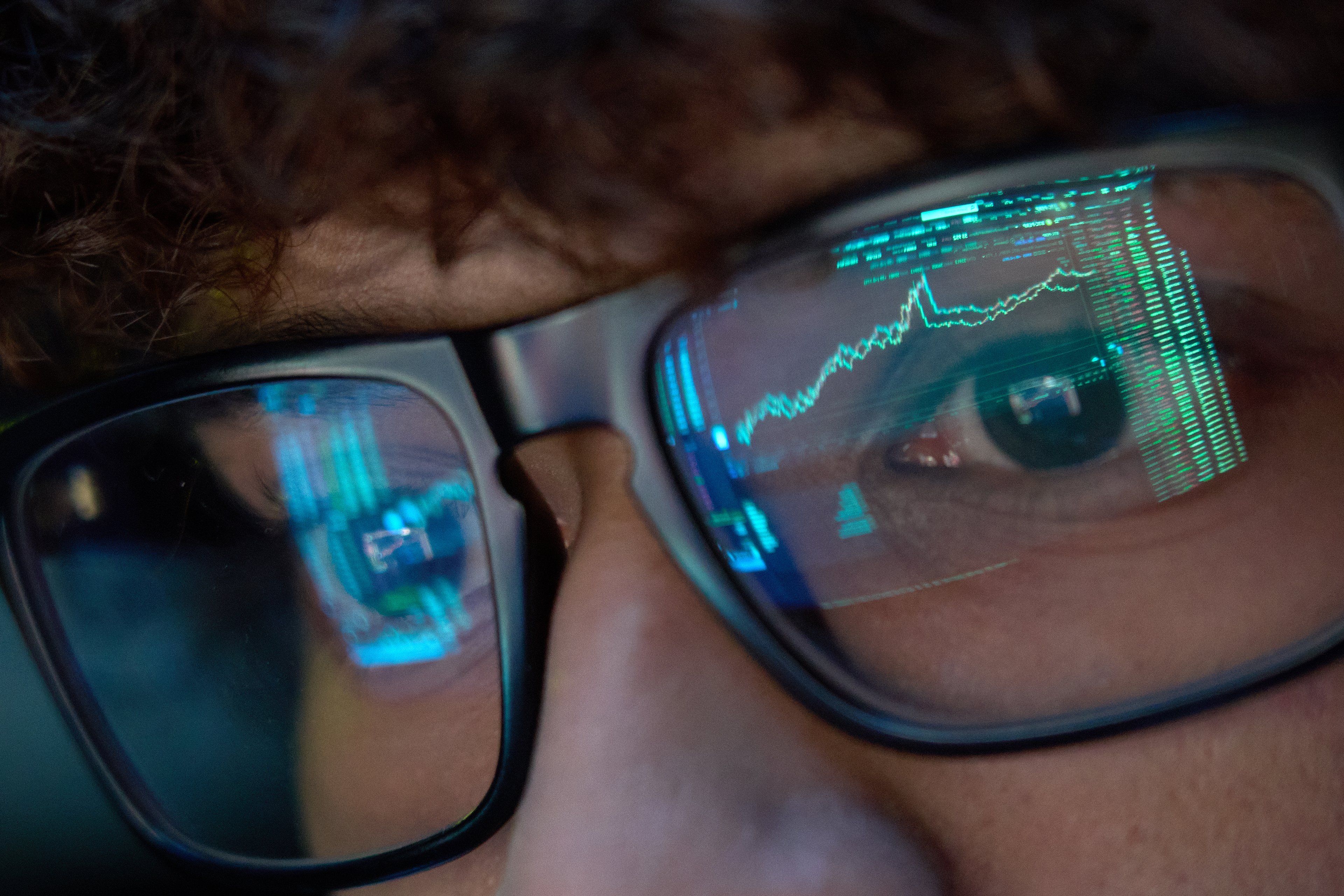
Instagram's logo is based on the Polaroid 1000 Land Camera circa 1977. Source: Flickr/Adrian Korte
Since Facebook (FB +1.15%) opened up its ads API to third parties in 2011, its ad revenue has skyrocketed from $3.1 billion that year to $13.7 billion over the past 12 months. It's also, of course, seen a corresponding increase in the number of advertisers on its platform, reaching a whopping 2 million earlier this year.
Scaling an ad business is something Facebook clearly understands how to do, and several other social-media companies have followed suit by opening their ad APIs to third parties. Most recently, Facebook-owned Instagram joined the fray, announcing its first partners for its ads API. The decision removes the bottleneck previously in place, where Instagram had to approve every single advertisement before it hit users' feeds.
Pretty soon, you'll start to see a lot more ads in your Instagram feed.
Working for small businesses
Instagram has a couple of things working in its favor when it comes to working with small businesses. First, it's partially integrated with Facebook. Many users sign up for Instagram using their Facebook credentials. This automatically gives Instagram targeting data on a subset of users and allows businesses to target and retarget users across both platforms.
Facebook has brought up several examples of big brands that ran successful coordinated ad campaigns between Facebook and Instagram during its earnings calls and investor presentations. Small businesses with experience running Facebook ads will soon be able to do the same thing, especially once Instagram's ad inventory is integrated with Facebook's ad buying platform.
The second advantage Instagram has for small businesses is that its users follow their passions and interests on Instagram, providing even better targeting data. That's important for small businesses operating in small niches with limited advertising budgets.
But won't ad quality suffer?
The biggest concern with scaling Instagram's ad business by opening its API to third parties is that smaller businesses will produce lower quality advertisements. Instagram boasts that its ads sport an ad recall rate 2.8 times higher than average. Part of that success is likely due to the fact that all Instagram ads are well-vetted.
Without the review process, it's easy to be concerned that quality will suffer. But there's an easy solution to weeding out low-quality ads. If Instagram limits the expansion of its ad inventory, the increased number of bidders for its ads will naturally cause prices to rise. As a result, ads that convert poorly won't be able to sustain their ad purchases. Quality ads are the ones that convert well and will be able to support the prices dictated by the market.
So, users (and investors) ought to expect an increase in the number of ads they see, but it will be a gradual increase as more advertisers start buying ads through third parties. At the same time, Instagram should be able to maintain or increase its average ad price, leading to an increase in average revenue per user.
Growing ad revenue
With its user base continuing to expand at a strong pace, Instagram's ad revenue is set to take off. eMarketer expects Instagram's ad revenue to grow to $1.48 billion next year and $2.81 billion in 2017. Bank of America Merill Lynch believes Instagram's ad revenue is a bit lower, but expects it to triple in each of the next two years to reach nearly $1 billion in 2017.
After successfully scaling Facebook's ad platform over the last few years, Instagram should be able to grow ad revenue faster than Facebook did. We're still in the early days of Instagram's monetization, but the photo-sharing platform is set to become one of the biggest mobile display advertisers within the next few years. Opening up its advertising API is just the first step to getting there.






